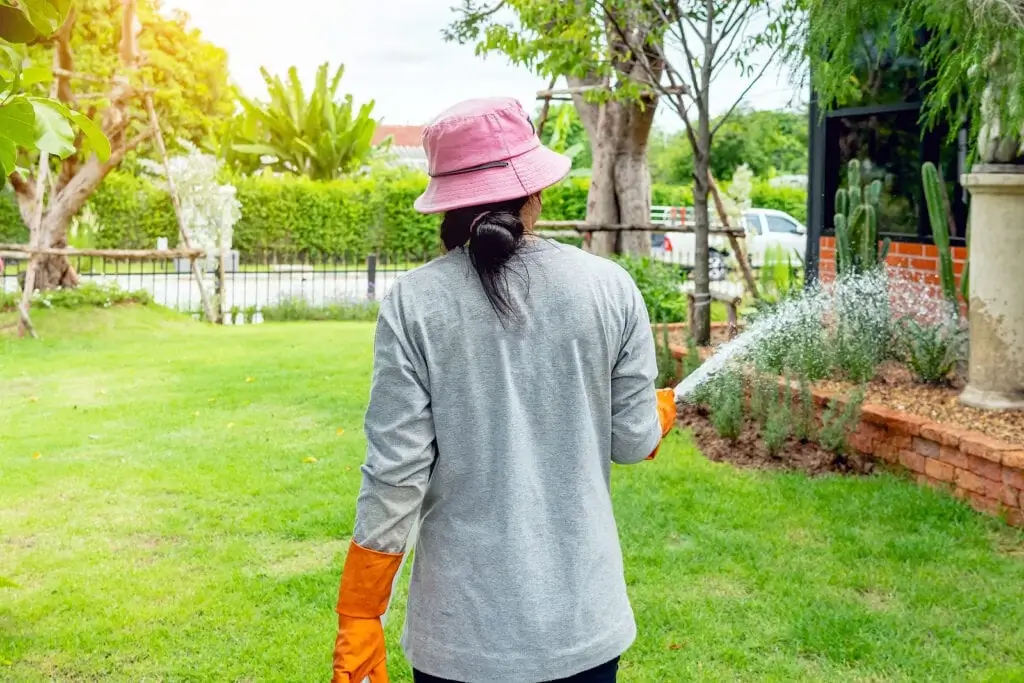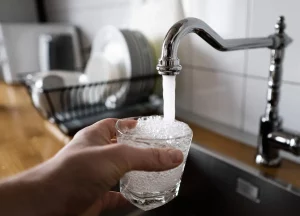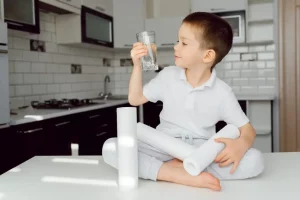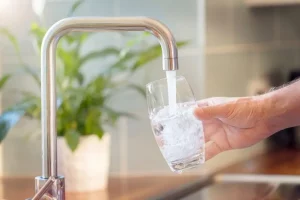Here are some tips to cut down on outdoor water consumption in 2022 and beyond.
1. You might consider installing a rain barrel for rainwater harvesting.
A rain barrel can be installed under your gutter to collect rainwater. This rainwater can be used to water your plants, your drip irrigation system, wash your car or do other outdoor cleaning chores. To prevent mosquitoes from breeding in your rain barrel, make sure you cover it with a mesh net.
NOTE: Rain barrels are not allowed in all states. Before installing one, make sure you check the website of your local government to confirm.
2. Instead of pressure washing your patio or driveway, sweep it.
You have probably seen the incredibly satisfying videos of people pressure washing their driveways and patios on social media. It looks so easy and relaxing. But, this chore is a waste of water. Instead of washing your patio or driveway with leaves and dirt, grab a broom and sweep it thoroughly. You will see a dramatic improvement in your driveway’s cleanliness. This will also make it eco-friendly and save you money.
3. To reduce evaporation, cover the pool.
Natural evaporation can take up to 25% of your pool’s water each day. This could result in huge water losses per year depending on the size of your pool. You can cover your pool when it isn’t in use with a pool covering. The EPA states that pool covers can significantly reduce pool water evaporation and retain heat if used consistently and correctly. According to the agency, this can lead to cost and water savings as well as energy and water savings for pool owners.
4. Only run sprinklers in the mornings and evenings.
It is always smart to water your lawn at night or in the mornings. The temperature is lower and the conditions are more calm, which allows the water to penetrate the soil and reach the roots. Even better, you can water your lawn at these times to prevent rapid evaporation due to the midday heat. This means that less water is needed to adequately cover the grass. You can also position your sprinklers so that they face the grass and landscaping, not the driveway or side of your house. This will make your lawn look stunning and conserve water.
5. Organic matter can be added to your garden or lawn.
Organic matter can be added to your garden beds or lawns to increase water absorption. A layer of mulch placed around trees and shrubs will retain nutrients and moisture for longer than just dirt. This is a great way to conserve water.
6. To determine the best time to water your garden, use a soil moisture meter.
The soil moisture meter is easy to use and will help you avoid over-watering your garden or lawn. You can quickly see if the soil is dry so that you only water plants when they are in need.
7. You can wash your car with a bucket, or you can take it to a car washing station that uses recycled water.
Instead of using a hose, you can use a bucket of soapy warm water to wash your car and then rinse it with the hose. You should place your vehicle on a lawn to allow water runoff to water the grass. You can save even more water by washing your car at a commercial car wash, which recycles all or most of the water they use. A self-service car wash is also an option. The high-pressure water hose won’t automatically turn on. Call ahead before you make the trip to a carwash to confirm that the facility recycles water. Car washes in California must recycle at least 60% of their water, though laws vary from one state to the next.
8. If you wish to wash your car at your home, use a squeeze nozzle.
The “pistol grip” or squeeze nozzles stop water from flowing through the hose if it isn’t engaged. This invention eliminates the need to walk over to the tap or faucet and turn off the water when you aren’t using the hose. It may seem obvious, but water is often wasted when you walk to turn off the tap. This can lead to increased costs over time.
9. Outside, check for leaks.
Although outdoor leaks might not be as obvious, they can cause as much damage as indoor leaks. To prevent them from dripping, make sure you check pipes, hoses and couplings outdoors. To eliminate leaks, you can also use hose washers to prevent drips at spigots or hose connections.
10. Plant trees in your yard.
Planting trees in your yard will not only make your yard cooler but also store carbon. This will reduce the frequency of watering your lawn. Shade trees conserve water by protecting grass, plants, soil, and soil from the afternoon sunlight.











